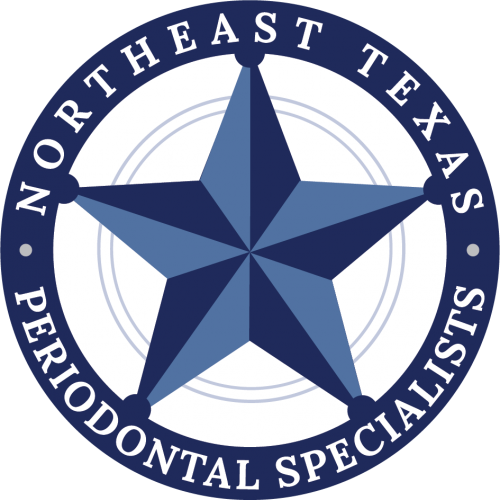There are a number of different ways that dentists use dental implants to replace missing teeth. When they were first introduced as dental restoration options, most dental implants were used in a one-to-one relationship, with a single dental implant supporting a single dental crown, much like a tooth root supports a natural tooth. As technologies and techniques developed, dentists began using fewer dental implants to support an entire row of teeth, successfully using as few as four dental implants to anchor a full denture in place. These traditional uses of dental implants provide natural, durable results with high success rates, but, between planning and designing treatment, surgically placing implants, and finally affixing dental prosthetics to these implants, traditional implant treatments take a really long time – usually anywhere from six months to a year, if not more. Teeth in a Day, on the other hand, is a dental implant treatment that allows patients to replace single teeth or full rows of teeth with a single day of dental procedures. On the same day that the implant is placed, a functioning replacement tooth or row of teeth can be placed onto the implant, allowing the patient to maintain the appearance and function of their dentition with no substantial interruption.
Dental implants are small, screw-like cylindrical posts that are surgically implanted into the jawbone where the root of a natural tooth once was. In order for dental implants to succeed, the patient must have a sufficient amount of healthy, robust bone; when adequate bone mass isn’t present, bone grafts might be needed before implants can be placed. Made of titanium, dental implant posts fuse together with the bone, creating a permanent, sturdy bond; this process usually takes about four to six months before the bone and implant post have fully fused. For many patients, this extended healing time is an inconvenient impediment to the restoration of their smile, and the thought of such a long healing period might dissuade patients from seeking dental implant restorations in the first place. Delaying treatment, however, will only make the problem worse, as the remaining teeth shift out of place and the jawbone deteriorates from lack of stimulation.
With Teeth in a Day, there is no waiting period between implant surgery and the placement of a functioning dental prosthetic; both are installed in the same procedure. In most cases, the temporary dental prosthetic stays in place while custom, permanent restorations are crafted by laboratory technicians, though in some cases, the initial prosthetic is tightened and adjusted and becomes the long-term dental replacement. Using CT scan imagery and advanced design software, dentists are able to craft accurate models of the patient’s mouth and jaw, which they then use to plan and design implant restorations while the patient awaits their procedure. This allows patients to minimize dental visits and time in the dentist’s chair, reducing the wait time for a newly restored smile and full mouth of functioning, strong teeth. With a comprehensive dental examination, your dentist can evaluate your situation and let you know if Teeth in a Day is a good option for you.

